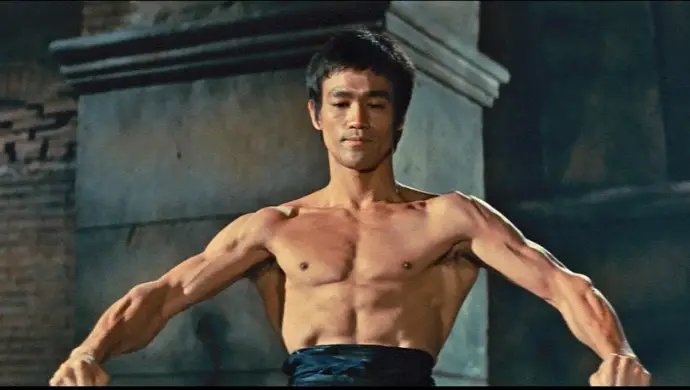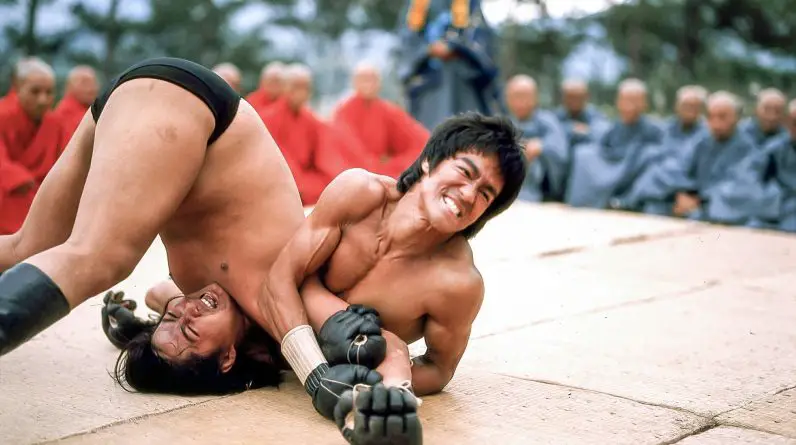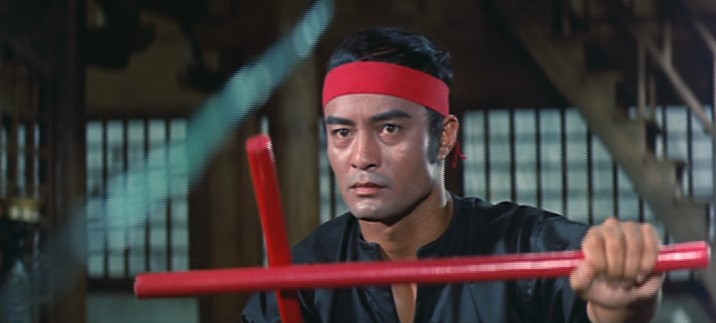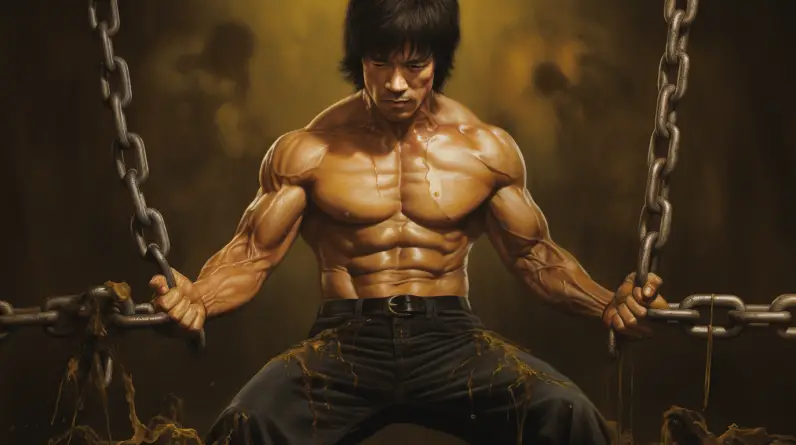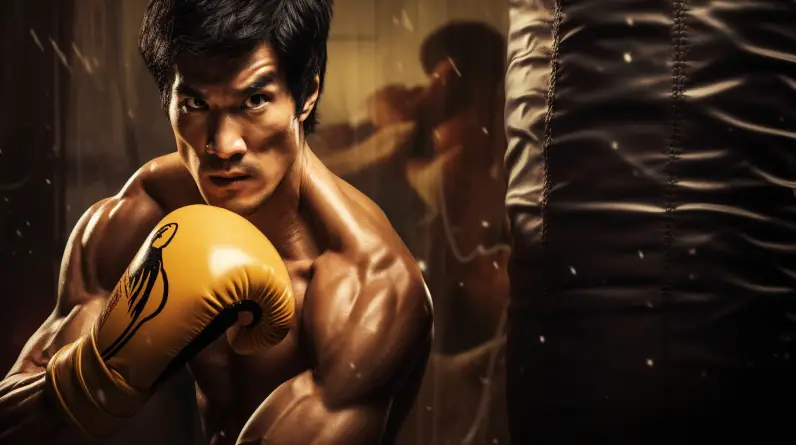
The Secrets Behind Bruce’s Legendary Strength and Speed
Bruce Lee was more than a groundbreaking martial artist. He was a living embodiment of physical refinement. Like Michelangelo’s David, Bruce crafted his form by consistently chipping away at what was unnecessary. His lightning-fast strikes, incredible strength, and lean, muscular physique weren’t just the result of genetics; they were the product of a meticulously designed workout routine that pushed the limits of human capability.
Decades after his passing, fitness enthusiasts and martial artists still marvel at Bruce Lee’s training regime. What made him so powerful? How did he develop such incredible speed and endurance? Let’s break down Bruce Lee’s legendary fitness routine and explore the secrets behind his unrivalled athleticism.
1. Strength Training: Functional Over Bulk
Bruce Lee never trained to look big – he trained to be efficient. Unlike traditional bodybuilders, his focus was on developing explosive power and functional strength that could be applied directly to martial arts.
Weightlifting (Explosive, Not Heavy)
Bruce incorporated weightlifting into his regimen but never aimed for massive bulk. His goal was lean muscle with high endurance. His routine often included:
- Clean & Press – 2 sets of 8 reps
- Squats – 3 sets of 10 reps
- Bench Press – 2 sets of 6 reps
- Barbell Curls – 2 sets of 8 reps
- Reverse Curls – 2 sets of 8 reps
- Wrist Curls – 2 sets of 10 reps
One of his most famous weight-training principles was progressive overload – gradually increasing resistance over time to build strength. However, he didn’t lift for ego; he lifted for function. His focus on forearm training is indicative of this, with the muscle groups there responsible for grip strength and explosive snaps when striking, despite the area being overlooked by many who are simply in pursuit of aesthetics.
Isometric Training
Bruce was a big believer in isometric exercises, which involve holding a position under tension rather than moving through a full range of motion. He’d perform movements like:
- Isometric Punch Holds – Holding his fist out at full extension against resistance for maximum endurance.
- Static Holds with Weights – He’d hold a loaded barbell in various positions to strengthen stabilizing muscles.
This method helped him develop his famous one-inch punch – a strike so powerful that it could knock opponents off their feet with minimal wind-up, by channeling body mechanics and fast-twitch explosiveness into a concentrated point.
2. Core Training: The Key to His Power
If there was one muscle group Bruce Lee prioritized above all else, it was his core. He believed that a strong core was essential for martial arts performance, balance, and explosive movement.
Some of his go-to abdominal workouts included:
- Dragon Flag – An advanced move that involves keeping the body straight while lowering it from a bench or bar.
- Hanging Leg Raises – 3 sets of 20 reps.
- Sit-ups with Twists – A martial arts-focused movement that engaged obliques.
- Side Bends – Strengthening the obliques for powerful rotational movement.
He also performed bridging exercises to strengthen his neck and spinal column, ensuring he could take hits without being knocked out.
3. Speed and Agility: Training for Lightning-Fast Reactions
Bruce Lee’s blazing speed wasn’t just natural talent; it was carefully cultivated. He used specialized training techniques to increase his reaction time and movement efficiency. These include a number of techniques and training apparatus that were unusual within traditional martial arts circles of the time, borrowing more from boxing and wrestling. These drills have since become more broadly accepted into mixed martial arts training in recent years.
Hand Speed Drills
- Punching with Weights – He’d shadowbox with light dumbbells to increase hand speed.
- Speed Bag Work – Training his reflexes and precision.
- One-Inch Punch Training – A mix of fast-twitch muscle work and explosive energy release.
Footwork and Agility
- Jump Rope – 15-30 minutes daily to enhance endurance and foot speed.
- Cone Drills – Quick lateral movements to develop foot agility.
- Reaction Drills – He trained to react instantly to stimuli, enhancing his reflexes.
Bruce often said, “The quickness of the hand deceives the eye.” His opponents could barely see his strikes before it was too late. In fact, on film, Bruce was asked to slow down some of his strikes so that they could be properly captured by cameras running at 24 frames per second.
4. Endurance and Stamina: Pushing Beyond Limits
A martial artist can’t afford to gas out in a fight. Bruce Lee trained his body to maintain maximum output for extended periods, making him an absolute force in combat.
Cardio Training
- Long-Distance Running – 4-6 miles, 3-4 times per week.
- Sprints – Short bursts of speed for explosive endurance.
- Jump Rope – As mentioned earlier, a staple for conditioning.
Bruce understood that endurance isn’t just about lungs – it’s about muscular stamina, too. His workouts often pushed him to complete exhaustion, ensuring he could fight at full power for extended periods. This was another aspect of training that, while adopted by MMA fighters in the current era, was unusual in traditional martial arts circles during Bruce’s time. He did so much to bridge the gap between traditional styles and practical, street-ready combat applications.
5. Flexibility: The Secret to His Signature Kicks
Bruce Lee’s high, powerful kicks wouldn’t have been possible without exceptional flexibility. He stretched every single day, treating it as seriously as his strength and speed training.
His flexibility routine included:
- Dynamic Stretching – Kicking drills and high leg swings.
- Static Stretching – Deep splits and prolonged holds to increase range of motion.
- Yoga-Inspired Movements – Breathing techniques and poses to relax joints and enhance muscle elasticity.
Bruce emphasized that flexibility was not just for kicks. It also helped prevent injuries and improved overall movement efficiency.
6. Mental Training: The Mind as a Weapon
Bruce Lee wasn’t just about physical training – he believed the mind was the most powerful muscle of all.
Meditation & Visualization
- He practiced Zen meditation to clear his mind.
- He used visualization techniques, picturing every movement in his fights before they happened.
- He trained focus and awareness, ensuring he could react instinctively without hesitation.
Bruce’s philosophy of mental discipline was just as important as his physical training. He famously said:
“As you think, so shall you become.”
What Can We Learn From Bruce Lee’s Training?
Bruce Lee’s workout routine wasn’t just about getting stronger, faster, or more powerful. It was about achieving total mastery of the body and mind. Bruce was focused not only on being prepared for a specific event, as fight camps are designed to achieve, but being in prime condition at all times.
His approach combined:
✅ Strength and functional power
✅ Explosive speed and agility
✅ Core endurance and conditioning
✅ Mental sharpness and discipline
If you want to train like Bruce Lee, it’s not just about lifting weights or running miles. It’s about pushing beyond limitations, constantly improving, and staying adaptable.
As Bruce himself put it:
“Absorb what is useful, discard what is not, add what is uniquely your own.”
Want to train like the Dragon? Start today – and never stop improving.

